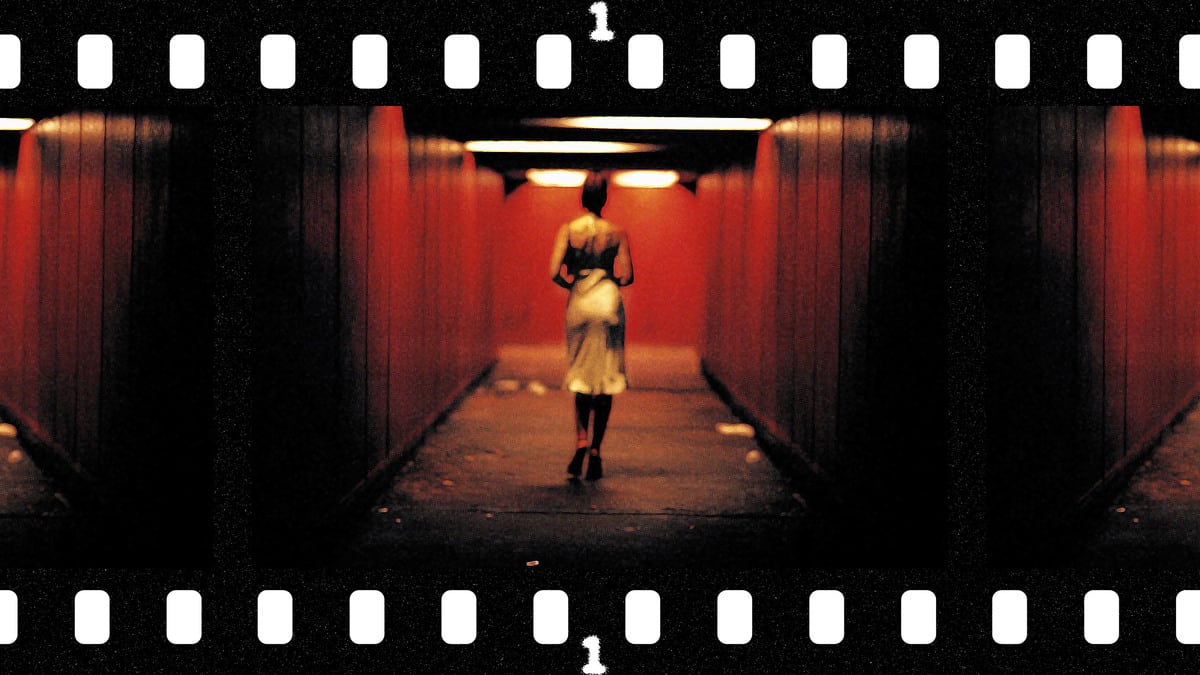‘Irreversible,’ the Most Upsetting Movie Ever Made, Just Got Even Darker
NSFW
Director Gaspar Noé talks “Irréversible: Straight Cut,” which takes his shocking 2002 film—full of rape, murder, and slurs—and somehow makes it even more uncomfortable to watch.

Trending Now





